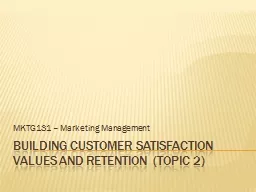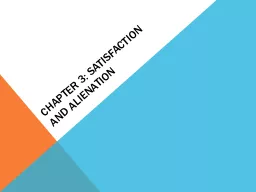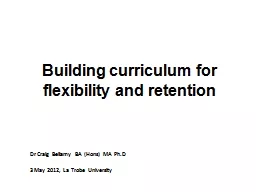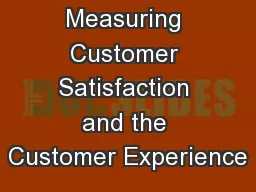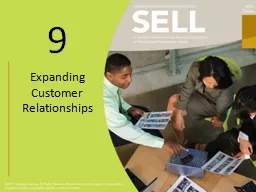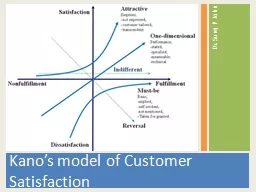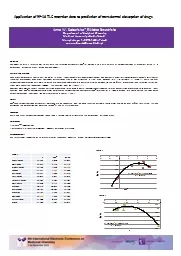PPT-BUILDING CUSTOMER SATISFACTION VALUES AND RETENTION (TOPIC
Author : aaron | Published Date : 2017-07-29
MKTG131 Marketing Management WHY STUDY CUSTOMER SATISFACTION VALUES AND RETENTION To understand how companies deliver customer value and satisfaction To identify
Presentation Embed Code
Download Presentation
Download Presentation The PPT/PDF document "BUILDING CUSTOMER SATISFACTION VALUES AN..." is the property of its rightful owner. Permission is granted to download and print the materials on this website for personal, non-commercial use only, and to display it on your personal computer provided you do not modify the materials and that you retain all copyright notices contained in the materials. By downloading content from our website, you accept the terms of this agreement.
BUILDING CUSTOMER SATISFACTION VALUES AND RETENTION (TOPIC: Transcript
Download Rules Of Document
"BUILDING CUSTOMER SATISFACTION VALUES AND RETENTION (TOPIC"The content belongs to its owner. You may download and print it for personal use, without modification, and keep all copyright notices. By downloading, you agree to these terms.
Related Documents

